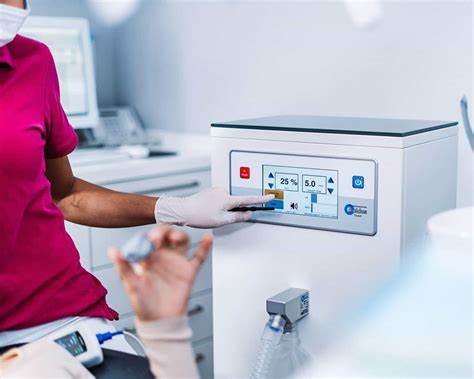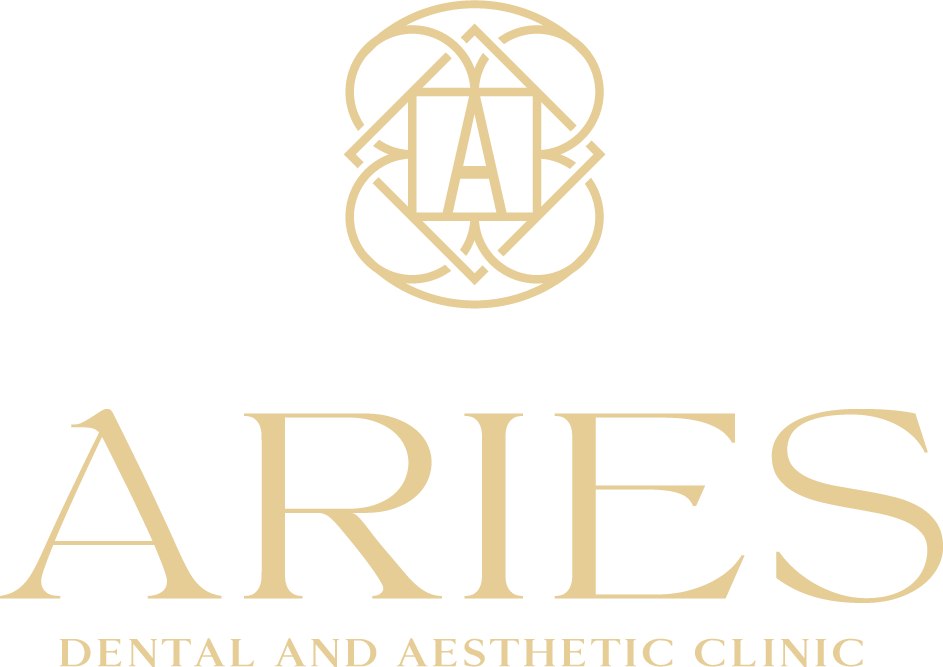Conscious Sedation Dentistry
Brighten up your day with a radiant white smile that never goes out of style!
What is Conscious Sedation in Dentistry?
Conscious sedation in dentistry helps patients with dental anxiety or phobias. Unlike general anesthesia, it keeps you awake and aware. The procedure ensures a patient is relaxed and comfortable during dental treatment.

What is sedation dentistry?
Sedation dentistry, also known as ‘sleep dentistry’, utilizes medication to help patients relax during dental procedures. However, it is important to note that most patients remain awake, except for those who are under general anesthesia. The sedation levels are – minimal, moderate, deep and general anesthesia.
We Ensure You Leave Your Dental Anxiety Behind
- Those who are restless and have difficulty remaining still in the dentist’s chair.
- People who experience tooth sensitivity or severe dental phobia.
- Individuals with a low pain threshold.
- Those who have a strong gag reflex.
- People who fear needles or suffer from claustrophobia.



Conscious Oral Sedation
Oral sedation can vary from minimal to moderate, depending on the dosage. Minimal sedation involves taking a pill, an hour before the procedure. This pill induces drowsiness but keeps the patient awake. Moderate sedation, commonly used in sedation dentistry, involves a higher dosage. Some patients may even fall asleep during the procedure but can be easily awakened with a gentle shake.
frequently asked questions
What types of sedation are used in dentistry?
Sedation can be delivered to patients in three main forms: inhalation, oral, and intravenous (IV). Inhalation involves the use of nitrous oxide gas, commonly known as laughing gas, which is inhaled through the nose to induce a sense of euphoria. Oral sedation is administered in the form of a pill taken an hour before the appointment, resulting in a more relaxed state. IV sedation, on the other hand, allows for deep sedation and immediate effects, with the ability to adjust the level of sedation as needed during the procedure.
Do you sleep during conscious sedation dentistry?
Conscious sedation in dentistry does not induce complete sleep like general anesthesia. It aims to relax and make patients drowsy, reducing awareness during the procedure while keeping them conscious and responsive.
What do dentists use for conscious sedation?
Dentists employ different medications and techniques to achieve conscious sedation in patients, tailoring them based on individual requirements and preferences. Common methods include oral sedatives, inhaled nitrous oxide, IV sedation, and local anesthesia.










